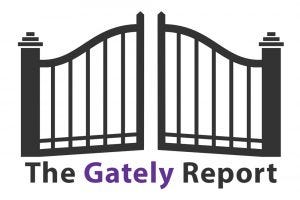Hackers fooled Apple and Meta into handing over customers' personal information.

A major initiative for Malwarebytes this year is massive growth of its partner network. The company is aiming for $25 million globally in monthly recurring revenue (MRR).
 That’s according to Brian Thomas, Malwarebytes’ new vice president of worldwide MSP and channel programs. Previously with WatchGuard Technologies, he took this new role in December.
That’s according to Brian Thomas, Malwarebytes’ new vice president of worldwide MSP and channel programs. Previously with WatchGuard Technologies, he took this new role in December.
This month, Malwarebytes expanded its Nebula cloud-native endpoint protection platform to include two new modules. Those include vulnerability assessment and patch management. Together, these capabilities help organizations stop security breaches.
The expansion is particularly beneficial to Malwarebytes MSP partners, Thomas said.

Malwarebytes’ Brian Thomas
“Sixty percent of breaches last year were linked to a vulnerability where an available patch had not been applied,” he said. “Therefore, it’s our opinion that this critical gap in protection poses a massive threat, particularly for SMBs, which are what our MSPs and what our partners service. They’re critical to improve security postures. And this is really the next step in adding to our portfolio.”
Responding to the Ukraine Crisis
In terms of the ongoing Ukraine crisis, Thomas said Malwarebytes is “incredibly sensitive” to the situation.
“We’re in constant contact with the employees in our Estonia office, as well as the ‘Malwarenauts,’ as we call them, in Ukraine and Belarus,” he said. “Many Malwarenauts in the EU have offered their homes to refugees fleeing Ukraine. And as a company, we have donated to Doctors Without Borders, Save the Children and then Mercy Corps.”
Malwarebytes is offering free three-month consumer licenses, and Premium + Privacy to the people of Ukraine and affected neighboring countries.
“We will also be offering six months of free licensing and onboarding of our endpoint detection and response (EDR) to ensure Ukrainian organizations are protected,” Thomas said.
Scroll through our slideshow above for more about Thomas’ Malwarebytes partner community expansion plans, and more cybersecurity news.
Want to contact the author directly about this story? Have ideas for a follow-up article? Email Edward Gately or connect with him on LinkedIn. |
About the Author(s)
You May Also Like


